Most Popular
Well-curated
[Well-curated] Sample liquors, mediate on national treasures or take time out at eco park
By Kim Hae-yeonPublished : June 10, 2022 - 09:00
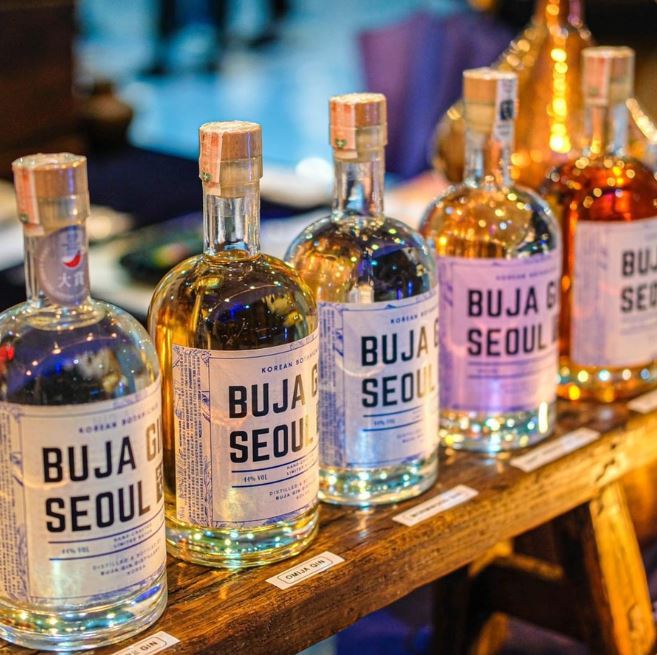
If you are a fan of traditional liquors, pack your bags this weekend for a trip to Gyeongju, North Gyeongsang Province.
Traditional liquors of Korea, China and Japan are being showcased at the 2022 East Asia Traditional Liquor Festival, held at the Gyeongju Hwabaek International Convention Center, until Sunday.
The four-day festival will have tastings and workshops, as well as outdoor performances.
At the promotion center, visitors will be able to try some of the most popular liquors from each country.
On Friday and Saturday, a liquor master from Gyeongju will demonstrate the making of Gyodong Beopju, a type of clear rice wine, which was added to the National Intangible Cultural Heritage list in 1986. The two-hour sessions start at 1 p.m.
Traditional liquors of Korea, China and Japan are being showcased at the 2022 East Asia Traditional Liquor Festival, held at the Gyeongju Hwabaek International Convention Center, until Sunday.
The four-day festival will have tastings and workshops, as well as outdoor performances.
At the promotion center, visitors will be able to try some of the most popular liquors from each country.
On Friday and Saturday, a liquor master from Gyeongju will demonstrate the making of Gyodong Beopju, a type of clear rice wine, which was added to the National Intangible Cultural Heritage list in 1986. The two-hour sessions start at 1 p.m.

After tasting, the visitors can purchase their favorites at booths set up at the outdoor plaza.
The promotion center operates from 10 a.m. to 5 p.m., but cultural exchange events and performances will continue through 10 p.m.
Although tasting sessions are offered for free, identification cards will be checked at the entrance for those hoping to sample liquor.
Festival itineraries and public transportations to the site can be found at Gyeongju City‘s website, gyeongju.go.kr.
The promotion center operates from 10 a.m. to 5 p.m., but cultural exchange events and performances will continue through 10 p.m.
Although tasting sessions are offered for free, identification cards will be checked at the entrance for those hoping to sample liquor.
Festival itineraries and public transportations to the site can be found at Gyeongju City‘s website, gyeongju.go.kr.
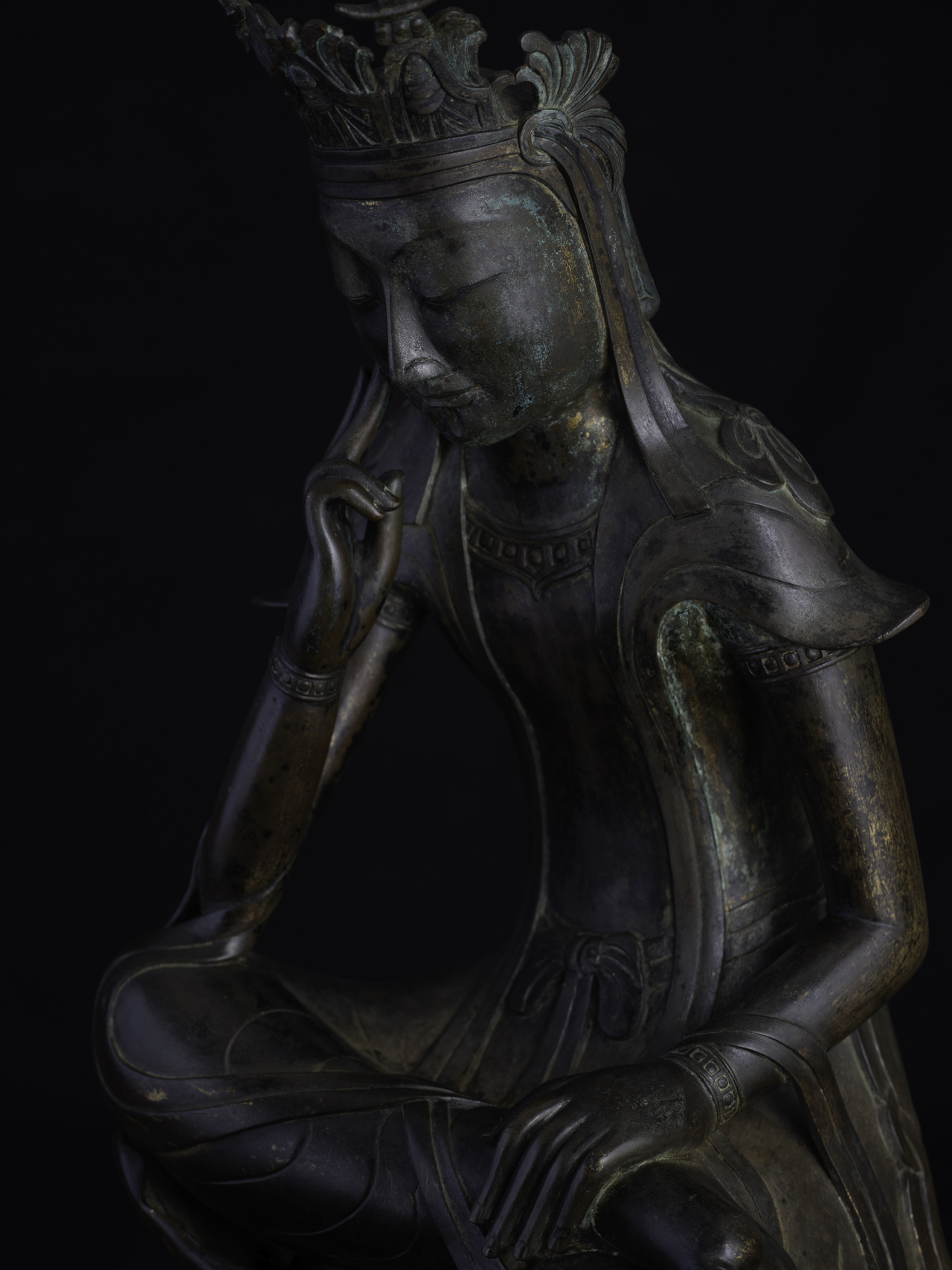
Joon Choi gives energy to statues of national treasures
Two pensive bodhisattvas designated as national treasures are on display at the National Museum of Korea, striking a contemplative pose with one leg perched up on the other knee. The national treasures have drawn a popularity even among young people with miniatures of the statues being sold online. They overwhelm audiences with beauty of elegance at the permanent exhibition “A Room of Quiet Contemplation.”
The statues, which date from the 7th century and the Three Kingdoms period (57 BC to AD 668), were reinterpreted through lens by photographer Joon Choi. The photographs of the bronze statues are on display for viewers at Gallery Aso in Suseong-gu, Daegu.
Two pensive bodhisattvas designated as national treasures are on display at the National Museum of Korea, striking a contemplative pose with one leg perched up on the other knee. The national treasures have drawn a popularity even among young people with miniatures of the statues being sold online. They overwhelm audiences with beauty of elegance at the permanent exhibition “A Room of Quiet Contemplation.”
The statues, which date from the 7th century and the Three Kingdoms period (57 BC to AD 668), were reinterpreted through lens by photographer Joon Choi. The photographs of the bronze statues are on display for viewers at Gallery Aso in Suseong-gu, Daegu.
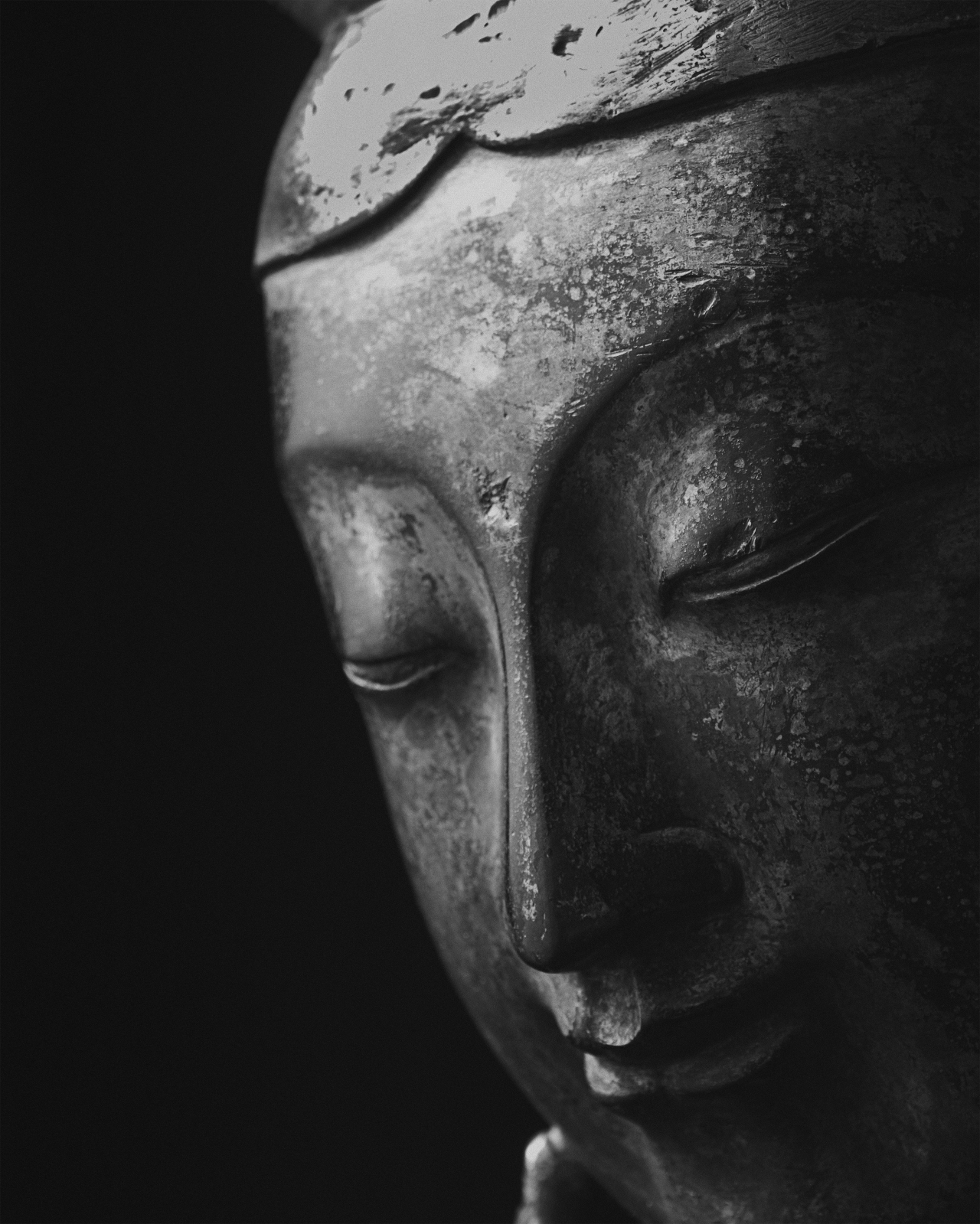
“As soon as I heard the museum will showcase at the national treasures, I contacted the museum to take an opportunity to take photographs of the (Three Kingdoms-period statue) National Treasure 78,” the veteran photographer told The Korea Herald. He already took photographs of the other statue in 2011, so he was desperate to grab the chance to capture the other national treasure.
“The statues of bodhisattvas are so beautiful that I would say they are the best in the world. They have such unique atmospheres and features that statues like them will never be created again. I hope more scholars and historians do more research about the national treasure and the elegance of the statues is shown more to the world,” he said.
For more information, visit the gallery’s Instagram account (gallery_aso). The gallery is closed on Sundays and Mondays. The exhibition requires reservation through Instagram at least a day before the visit and entrance is 5,000 won. It will run through June 18.
“The statues of bodhisattvas are so beautiful that I would say they are the best in the world. They have such unique atmospheres and features that statues like them will never be created again. I hope more scholars and historians do more research about the national treasure and the elegance of the statues is shown more to the world,” he said.
For more information, visit the gallery’s Instagram account (gallery_aso). The gallery is closed on Sundays and Mondays. The exhibition requires reservation through Instagram at least a day before the visit and entrance is 5,000 won. It will run through June 18.
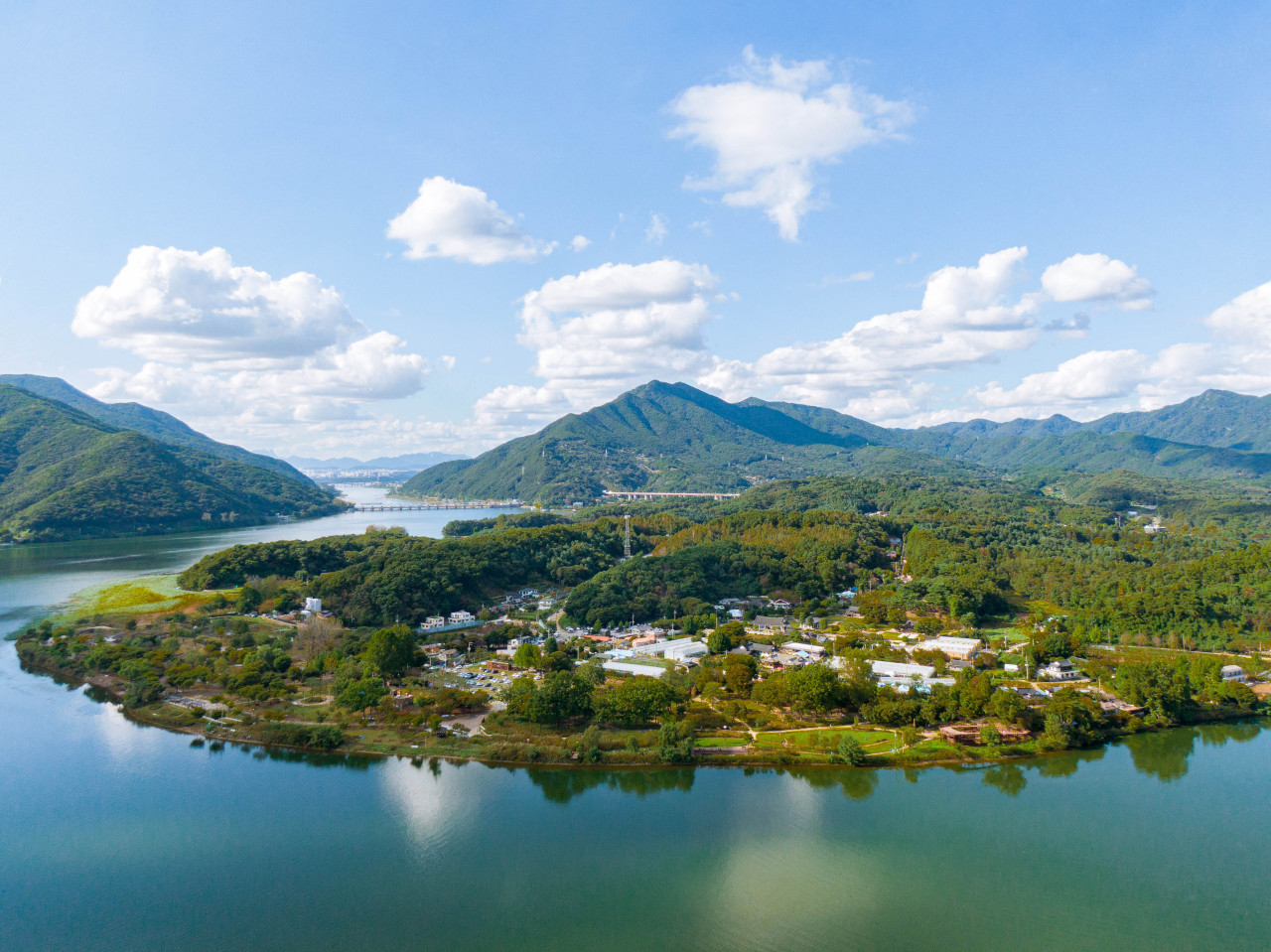
Dasan Ecological Park, a serene space near Seoul
If you are looking for an emotional refuge that is free from crowds, Dasan Ecological Park will be the perfect choice for a peaceful weekend.
With the warm gentle breeze and shining sunlight, more people are setting their foot out to the local parks to enjoy the outdoor activities. Seoul’s most famous green spaces, including Hangang Parks, Yeouido Park, Dream Forest and more, are already being crowded by families, friends and couples.
Though it takes 40 to 50-minute ride from Seoul, Dasan Ecological Park offers a serene environment with possibly a less packed visitor.
Dasan Ecological Park, about 40 kilometers from Seoul in Namyangju, Gyeonggi Province, welcomes the visitors with its spacious fields, colorful flowers and big, shady trees.
If you are looking for an emotional refuge that is free from crowds, Dasan Ecological Park will be the perfect choice for a peaceful weekend.
With the warm gentle breeze and shining sunlight, more people are setting their foot out to the local parks to enjoy the outdoor activities. Seoul’s most famous green spaces, including Hangang Parks, Yeouido Park, Dream Forest and more, are already being crowded by families, friends and couples.
Though it takes 40 to 50-minute ride from Seoul, Dasan Ecological Park offers a serene environment with possibly a less packed visitor.
Dasan Ecological Park, about 40 kilometers from Seoul in Namyangju, Gyeonggi Province, welcomes the visitors with its spacious fields, colorful flowers and big, shady trees.
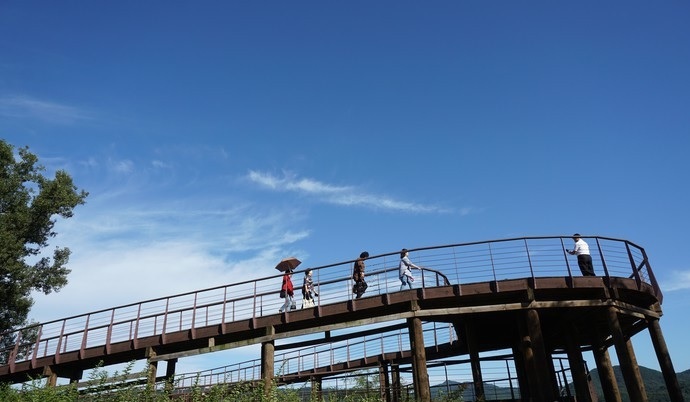
A wooden swing and bench at the top of a paved trail provide a perfect view of the park.
Deep inside the park, the panoramic view of Paldang Lake, a part of Hangang’s upper stream, presents a different view of the park which is mostly forested.
If you are interested in learning Korean history, especially about the country’s philosophy, the Museum of Silhak and Dasan Heritage Site, titled after one of Korea’s greatest scholars, Dasan Jeong Yak-yong, of the realist “Silhak” school of Confucianism, are close by.
More detailed information about the park can be found on the Namyangju City website, www.nyj.go.kr/culture/223.
(hykim@heraldcorp.com)
(yunapark@heraldcorp.com)
(sj_lee@heraldcorp.com)
Deep inside the park, the panoramic view of Paldang Lake, a part of Hangang’s upper stream, presents a different view of the park which is mostly forested.
If you are interested in learning Korean history, especially about the country’s philosophy, the Museum of Silhak and Dasan Heritage Site, titled after one of Korea’s greatest scholars, Dasan Jeong Yak-yong, of the realist “Silhak” school of Confucianism, are close by.
More detailed information about the park can be found on the Namyangju City website, www.nyj.go.kr/culture/223.
(hykim@heraldcorp.com)
(yunapark@heraldcorp.com)
(sj_lee@heraldcorp.com)








![[Graphic News] More Koreans say they plan long-distance trips this year](http://res.heraldm.com/phpwas/restmb_idxmake.php?idx=644&simg=/content/image/2024/04/17/20240417050828_0.gif&u=)
![[KH Explains] Hyundai's full hybrid edge to pay off amid slow transition to pure EVs](http://res.heraldm.com/phpwas/restmb_idxmake.php?idx=644&simg=/content/image/2024/04/18/20240418050645_0.jpg&u=20240419100350)


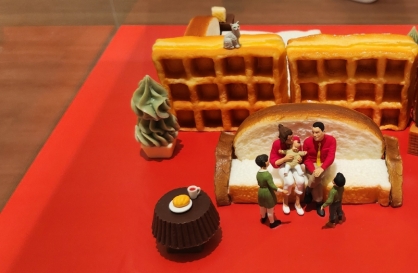
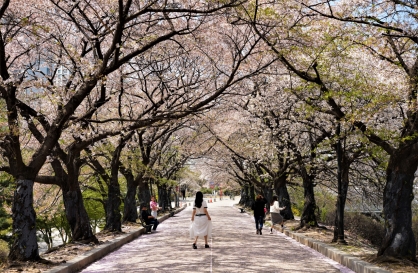

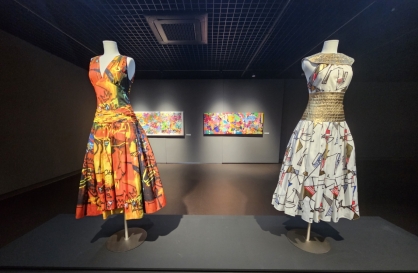
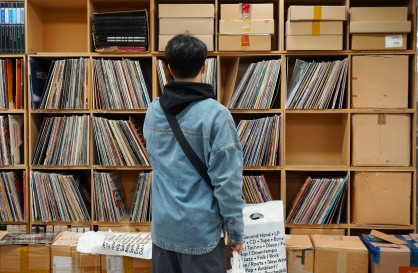





![[KH Explains] Hyundai's full hybrid edge to pay off amid slow transition to pure EVs](http://res.heraldm.com/phpwas/restmb_idxmake.php?idx=652&simg=/content/image/2024/04/18/20240418050645_0.jpg&u=20240419100350)

